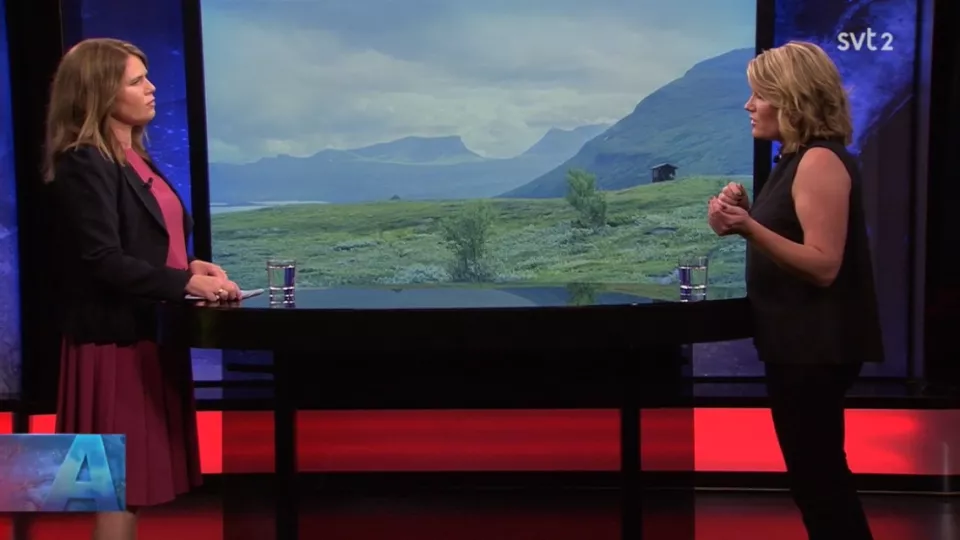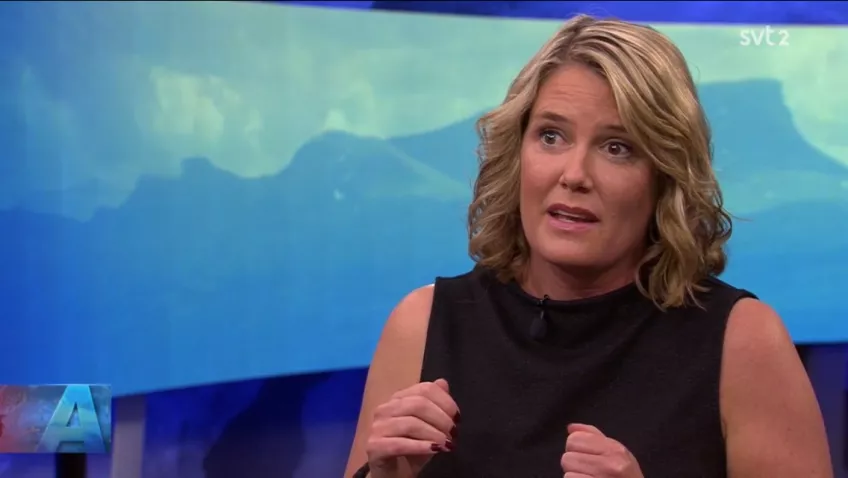Climate changes are occurring with twice the speed in northern Sweden, compared with the rest of the country. When compared to pre-industrial times, the world has been warmed with +0,8 degrees Celsius between 1991 and 2017, but in Abisko, the increase is an astounding 1,7 degrees.
The ongoing climate changes threaten the alpine areas with drastic changes. A wide variety of species may disappear from these areas when the warmer climate allows forests to grow in higher elevations. Climate has always varied, but not at this pace. Part of the problem is that these changes induce further changes. When the permafrost thaws, it releases greenhouse gases such as carbon dioxide and methane. Also, as icy surfaces that previously reflected sunlight shrink, they reflect less sunlight, and the sunlight is instead converted to heat energy. Margareta explains this metaphorically:
– It's like Abisko used to have a white T-shirt during nine months of the year, protecting it from the sun. Now, Abisko is wearing a dark T-shirt for longer periods of time, which means more heat in the system.
On the consequences, Margareta says:
– We will see more cases of extreme weather. To give you one example, in one day fifteen years ago, Abisko received 65 mm of precipitation. Usually it receives 300 mm each year. So it received a substantial amount of the yearly precipitation during one day, which it simply couldn’t absorb. Hillsides collapsed, and also a road bridge. These types of extreme weather will become more common.
And on how to turn this around:
– In general, it would be fantastic if we stop focus on short-sighted economic benefits but instead start to focus on how can we gain on this – with a longer perspective. For instance, say you find an oil field. Instead of only calculating the short-term benefits, long term costs could be included in that calculus, something which would generate better decisions.
The newscast was available online for a week after its broadcast on August 29th.



